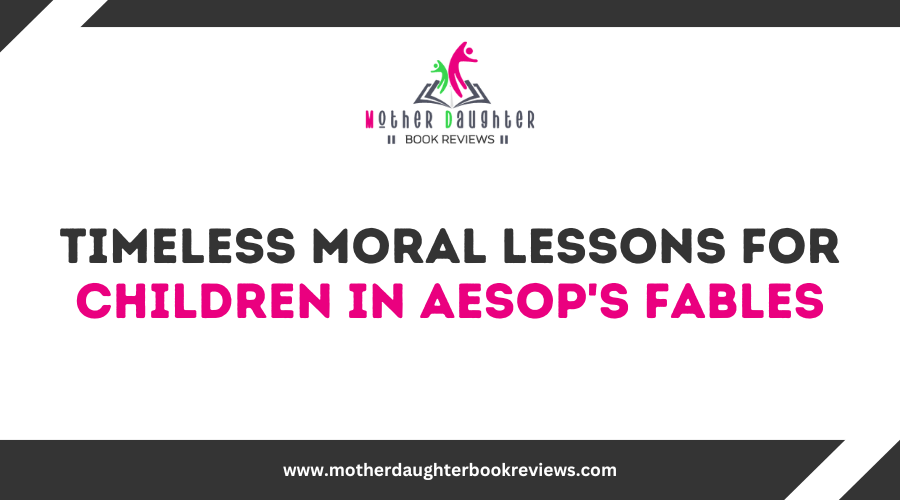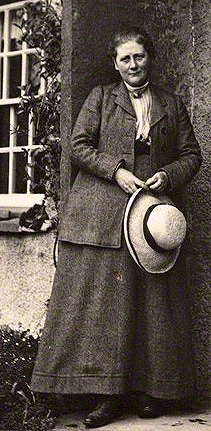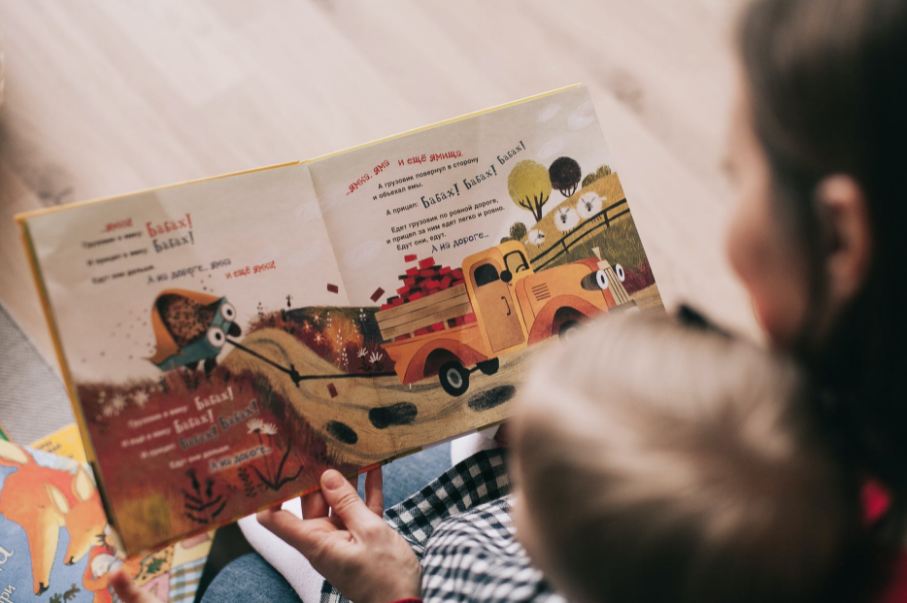Timeless Moral Lessons for Children in Aesop's Fables

Aesop's Fables offer children timeless moral lessons that are both engaging and educational. Through tales like "The Tortoise and the Hare," they learn the power of perseverance and humility, emphasizing steady effort over arrogance. Stories such as "The Goose that Laid the Golden Eggs" teach the dangers of greed, while "The Bundle of Sticks" showcases the strength of unity. Acts of kindness are celebrated in diverse narratives, encouraging empathy and generosity. Transparency and accountability are highlighted in the value of honesty.
The Value of Honesty
In Aesop's fables, honesty often emerges as a central theme, highlighting its importance in building trust and integrity. When you practice truthful behavior, you're not just following a rule; you're laying the groundwork for integrity building. By consistently making ethical choices, you demonstrate a strong moral character that others can rely on, fostering trust development in your relationships.
Transparent communication is another key aspect of honesty that these fables emphasize. When you're open and clear about your actions and intentions, it prevents misunderstandings and misconceptions. This transparency teaches accountability lessons, showing that being honest means taking responsibility for your words and actions.
In Aesop's stories, honesty rewards are often depicted as the eventual outcomes for those who remain truthful. Characters who choose honesty over deceit frequently find themselves in better situations, reinforcing the idea that ethical choices lead to positive results. By embodying these principles, you not only improve your moral character but also build a foundation of trust and respect with those around you.
Importance of Kindness
View this post on Instagram
Greed often leads to one's downfall, a theme clearly illustrated in many of Aesop's fables. When you let wealth obsession take over, it can result in dire greed consequences. Aesop's tales teach you the importance of avoiding avarice and practicing moderation principles. One of the most famous stories, "The Goose that Laid the Golden Eggs," shows how an insatiable hunger for more can lead to emotional emptiness and loss. Imagine these vivid scenes: Recognizing the value of humility often leads to wisdom, a lesson Aesop masterfully conveys through his fables. By presenting characters who learn to accept vulnerability, Aesop teaches that true wisdom often comes from understanding one's limitations and strengths. Take "The Tortoise and the Hare" for example. The hare's arrogance leads to his downfall, while the tortoise's humble nature and self-reflection practices enable him to win the race. In "The Peacock and the Crane," the peacock boasts about his beautiful feathers, only to realize that his vanity doesn't make him truly superior. The crane's humility, on the other hand, allows him to appreciate his own unique abilities. These stories encourage children to look within themselves, recognize their own vulnerabilities, and grow wiser for it. In many of Aesop's fables, the power of unity stands out as a crucial lesson. These stories teach you how teamwork dynamics and collaborative efforts can overcome challenges that seem insurmountable when faced alone. The fable of the bundle of sticks, for example, illustrates how mutual support can make all the difference. When you work together, you harness collective strength, which is far more potent than individual efforts. Consider these vivid examples to understand the unity benefits: These images depict how unity not only helps achieve shared goals but also fosters a sense of belonging and security. The togetherness impact can transform intimidating tasks into manageable ones. By embracing alliance power, you realize that there's strength in numbers, and mutual support can achieve incredible feats that solitary efforts cannot. Patience often emerges as an essential virtue in Aesop's fables, teaching you the value of waiting for the right moment. In "The Tortoise and the Hare," the slow-moving tortoise wins the race not through speed, but through steady, patient progress. This story emphasizes that waiting rewards those who understand the importance of persistence and pace. Another example is "The Crow and the Pitcher," where a thirsty crow drops pebbles into a pitcher to raise the water level. The crow's patience and ingenuity highlight how cultivating calmness can lead to creative problem-solving and eventual success. Rather than giving up or acting impulsively, the crow's methodical approach guarantees it quenches its thirst. Patience also shows up in "The Ant and the Grasshopper." The ants work diligently all summer, storing food for the winter, while the grasshopper takes no such precautions. When winter arrives, the ants' patience and hard work are rewarded, while the grasshopper faces hardship. This fable teaches you that patience and preparation often lead to long-term rewards. Aesop's fables provide timeless moral lessons for children, presenting valuable teachings in simple yet profound stories. The themes of honesty, kindness, perseverance, and humility come to life in tales such as "The Tortoise and the Hare" and "The Lion and the Mouse," where patience, empathy, and the power of unity are emphasized. These stories teach young readers the importance of being truthful, showing compassion, and working together to overcome challenges.Power of Perseverance
Dangers of Greed
Wisdom in Humility
Strength of Unity
Lessons in Patience
Conclusion




